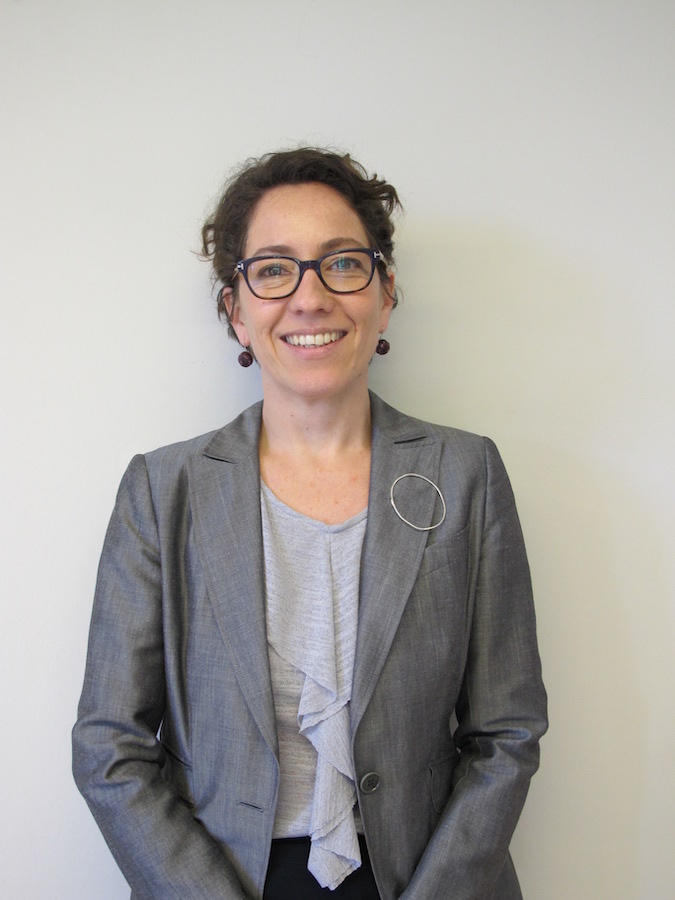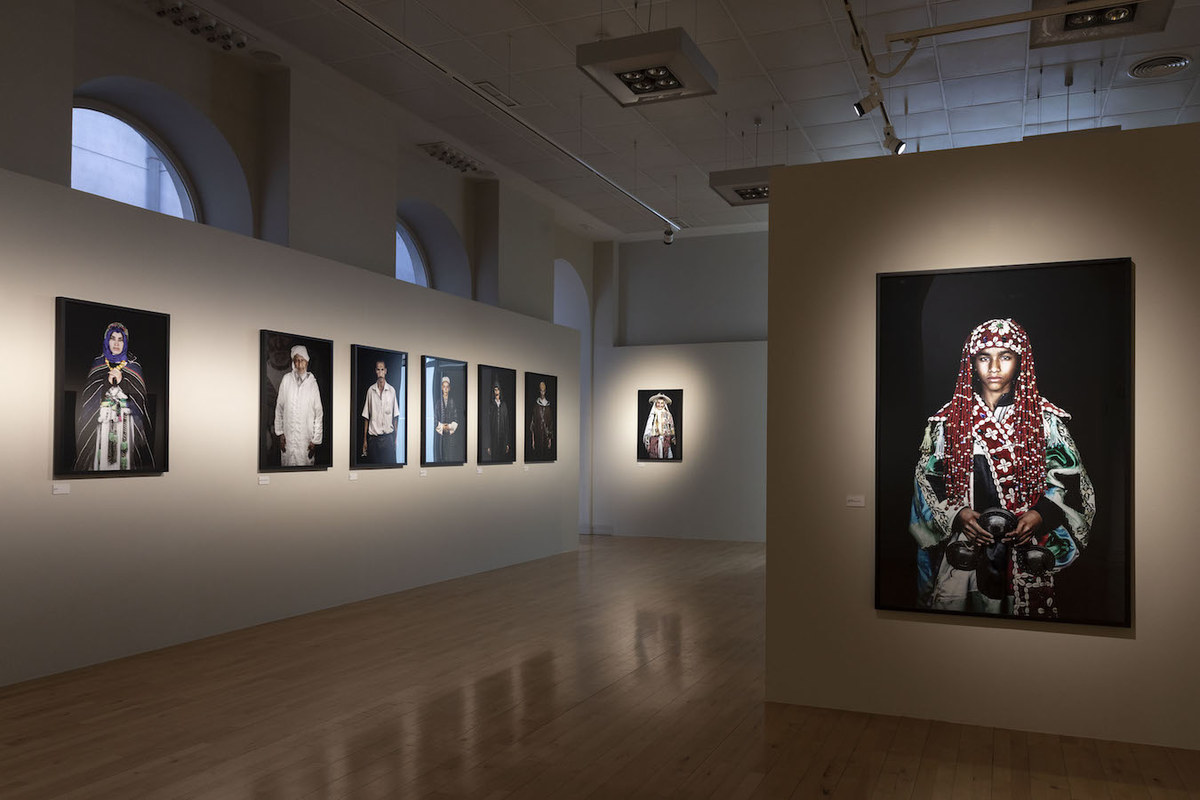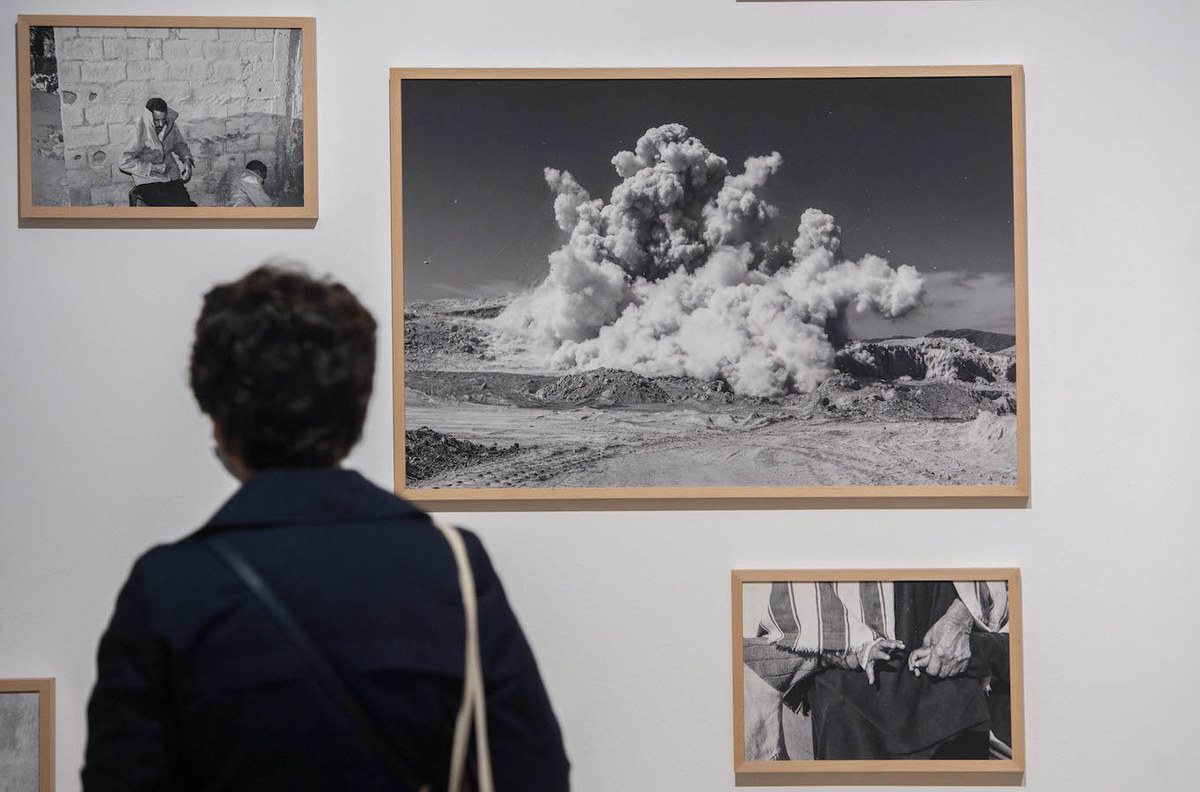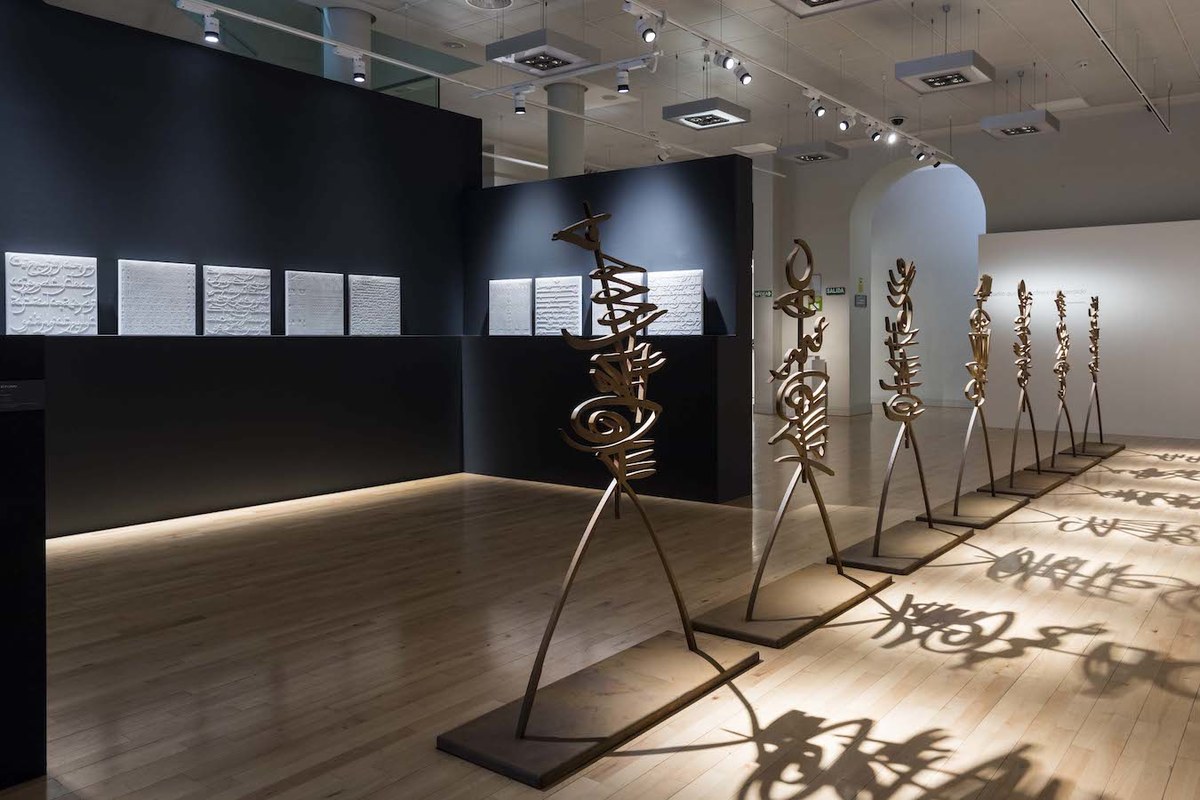DUBAI: Have you ever wondered how the Spanish capital, Madrid, got its name? It’s a surprising story, not least because of its Arabic links. Many historians claim that when the North African Moors dominated the Iberian Peninsula up to the end of the 15th century, this fortified city was called Magrit — a word derived from the Arabic ‘magra,’ meaning a flow of water; a reference to the Manzanares River that runs through the city.
The Moors left an enduring, well-documented influence on Spain — from language and food to architecture. More than 3,000 words in the Spanish language have Arabic roots, and Madrid is reportedly the only European capital built by Arabs.

Nuria Medina Garcia is Casa Arabe’s cultural programs coordinator. (Supplied)
One of the last remaining Moorish traces in Madrid is the derelict limestone Arab Wall, erected during the 9th century next to the quaint Emir Muhammad Park. Another Arab-related monument in much better condition is the Casa Arabe, a notable cultural institution that celebrates its 15th anniversary this year. Its mission — to promote and develop the cultural ties between Spain and the Arab world — isn’t always straightforward, considering the turbulent political landscape of the Middle East.
“Our mission is not accomplished. There are still many things to be done, and maybe more than before,” Casa Arabe’s cultural programs coordinator, Nuria Medina Garcia, tells Arab News. “All of us remain hugely enthusiastic. We believe in what we do. I couldn’t really see myself working anywhere else.”

Another headquarters is located in Cordoba, a southern hotspot of Andalusian culture. It has hosted numerous exhibitions by reputable artists, including the late Moroccan photographer Leila Alaoui. (Supplied)
Garcia, a Spanish social anthropologist who formerly worked in Jerusalem, has been a leading member of the institution since it was founded in 2006 (it was officially inaugurated by King Juan Carlos and Queen Sofia of Spain in 2008). We meet inside the center’s large conference room, lined with paintings by Arab artists. Casa Arabe’s elegant red-brick building used to be a school, constructed in the late 19th century in a style known as Neo-Mudejar, a kind of revival of Moorish architecture.
Casa Arabe works closely with Spain’s Ministry of Foreign Affairs to promote Arab culture in Spain through roundtable discussions, lectures, publishing, language courses, performances, and concerts. Another headquarters is located in Cordoba, a southern hotspot of Andalusian culture. It has hosted numerous exhibitions by reputable artists, including the veteran Algerian printmaker Rachid Koraichi and the late Moroccan photographer Leila Alaoui. Upcoming shows will delve into contemporary female artists from the Arab world and art from Mauritania.
Most recently, the center showcased a group photography exhibition entitled “Barzakh: Between Worlds,” that focused on the lives of young people in the Maghreb.

The center showcased a group photography exhibition entitled “Barzakh: Between Worlds,” that focused on the lives of young people in the Maghreb. (Getty)
As evidenced by recent events in Afghanistan, the Middle East continues to grapple with heavy socio-political dilemmas, from religious extremism to mass migration. In Garcia’s own experience, stereotypes of the region, its diverse population and traditions persist.
“There is a huge difference between a Moroccan and a Saudi — the same as there is a difference between a Spaniard and a Norwegian,” she says. “That’s really basic. It may sound absurd but you still find in Spain, and I’m sure in many other countries in Europe, that merging of concepts. Misconceptions come not only from the average citizen, but also from journalists, I have to say.”

This exhibition is by the veteran Algerian printmaker Rachid Koraichi. (Supplied)
The lack of effort to understand aspects of contemporary Arabia and its presence in Spain is part of the problem, according to Garcia, as well as a general apathy towards such attempts.
“Sometimes I have the feeling we pay little attention to all of this,” she continues. “I think because it is so present. I mean, it is so obvious to us that we don’t make an issue out of it.” Nevertheless, the Casa Arabe’s work is not all in vain. Several international NGOs, universities, intellectuals, and artists are vocally appreciative of its activities, seeing it as a vital meeting point of open dialogue and a place to share ideas.
It is the kind of place that embraces its paradoxical past and present. “We don’t see Casa Arabe as an invasion, we see it as part of our history,” explains Garcia. “At one time, we were Romans. At another time, we were Visigothic, and then we were Andalusian. All of these different periods compose our identity. To neglect that is simply a silly thing — you are neglecting the richest part of our history.”












